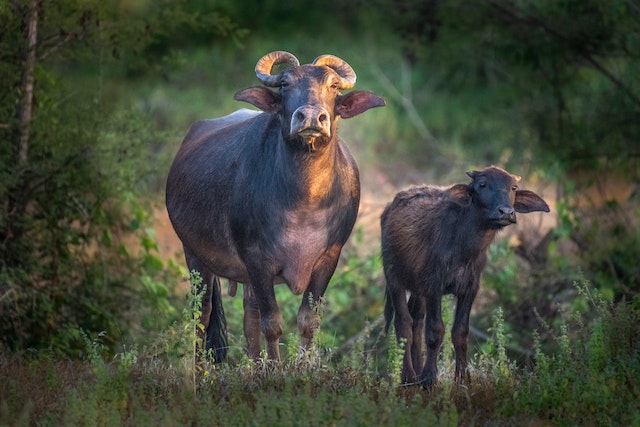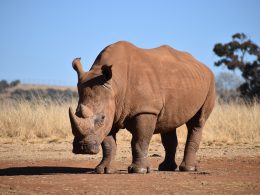Introduction: Meet the Experts
Imagine standing face to face with the formidable Cape Buffalo, one of Africa’s most powerful and unpredictable creatures. In this gripping article, we introduce you to two remarkable individuals who have not only survived but thrived in the presence of these magnificent yet perilous beasts.
Knowledge Source:
Dr. Sarah McKenzie – Wildlife Biologist With over two decades of experience in wildlife research, Dr. Sarah McKenzie is a renowned authority on African megafauna. Her groundbreaking studies on Cape Buffaloes have shed light on their behavior and how to safely navigate their territory.
Jack Turner – Seasoned Adventurer Jack Turner, an intrepid adventurer, and survival expert have spent years exploring the African wilderness. His real-world encounters with Cape Buffaloes have provided invaluable insights into avoiding dangerous situations.
The Cape Buffalo: Africa’s Silent Killer
Before we delve into survival strategies, it’s crucial to understand the formidable foe we’re up against. The Cape Buffalo, often underestimated due to its herbivorous nature, is responsible for more human deaths on the continent than lions, leopards, and crocodiles combined. Let’s break down its lethal attributes.
| Characteristics | Description |
|---|---|
| Size | Adult males can weigh up to 2,000 pounds (900 kg). |
| Strength | They are incredibly powerful and can charge at 35 mph. |
| Aggression | Known for their short temper and unpredictable behavior. |
| Group Dynamics | Travel in herds, increasing the potential threat. |
| Intelligence | Capable of strategic teamwork during confrontations. |
Surviving a Cape Buffalo Encounter: Expert Tips
1. Be Vigilant and Aware
Dr. Sarah McKenzie: “Observation is your best defense. Keep a safe distance and never approach a Cape Buffalo, especially if you encounter a lone male. They can charge without warning.”

2. Understand Their Body Language
Jack Turner: “Learn to read their signals. Raised tails, lowered heads, and agitated movements are red flags. If you notice any of these signs, slowly back away.”
3. Maintain a Safe Distance
Dr. Sarah McKenzie: “Stay at least 50 meters away from these animals. Approaching too closely can provoke them.”
4. Avoid Sudden Movements
Jack Turner: “Sudden movements can trigger an attack. Move slowly and deliberately, especially when changing your position or reaching for your camera.”
5. Stay in Your Vehicle
Dr. Sarah McKenzie: “If you’re on a safari, remain inside your vehicle. Cape Buffaloes often view these as non-threatening, providing a safe observation point.”
Comparative Table: Cape Buffalo vs. Other African Predators
| Attribute | Cape Buffalo | Lions | Leopards | Crocodiles |
|---|---|---|---|---|
| Lethal Attacks | High | Moderate | Low | Low |
| Speed | 35 mph | 50 mph | 36 mph | 20 mph |
| Group Behavior | Herd | Pride | Solitary | Solitary |
| Territory | Savannah | Savannah | Diverse | Waterways |
Conclusion: Respect and Survive
Surviving terrifying Cape Buffalo encounters is all about respect and knowledge. By heeding the advice of experts like Dr. Sarah McKenzie and Jack Turner, you can enjoy the awe-inspiring presence of these majestic creatures while ensuring your safety. Remember, in the danger zone, wisdom and caution are your greatest allies.
So, if you ever find yourself on an African adventure, into the danger zone you go, but with these expert tips, you’ll come back with thrilling stories and cherished memories.












